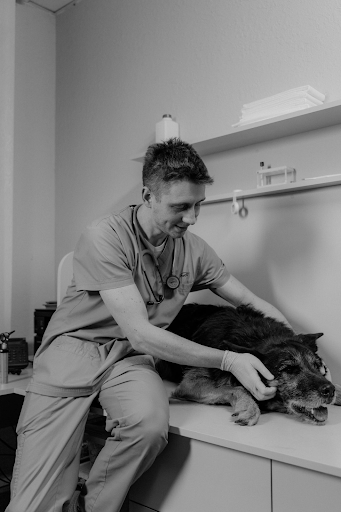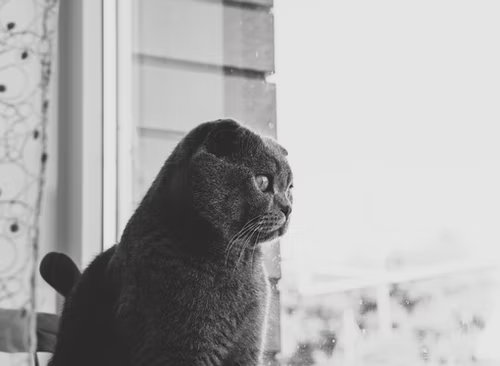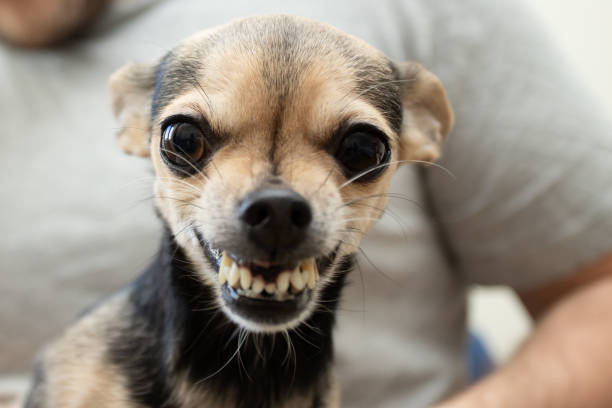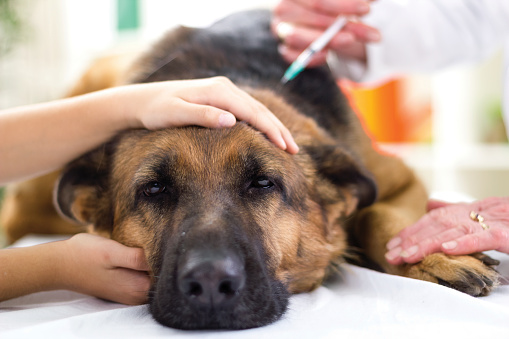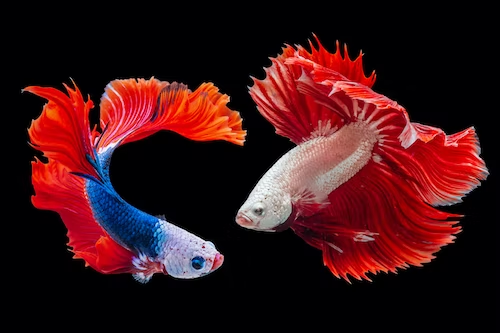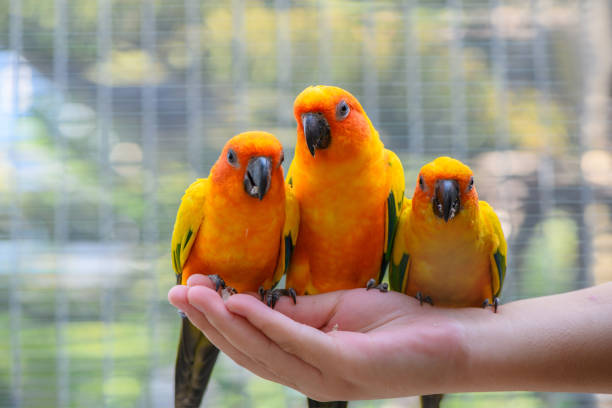A Cat’s Pregnancy
Pregnant cats should be taken into consideration in several ways, such as avoiding playing and carrying them, especially with kids; feeding them sufficiently; and starting to prepare or buy the supplies that are essential for the labor, such as towels, medicine, clean wipes, and a comfortable birthing nest. Knowing how to properly handle your cat’s birth is crucial for both the mother cat's and the kitten’s safety. There can be numerous signs that tell you when your cat is about to give birth, such as:
- Decrease in appetite and temperature
- Nesting
- Behavioral changes
- Increasing of the mother cat’s nipples
- Restlessness
When your cat is about to go into labor, you should take care of her with tenderness. Ensure that the surrounding factors are harmless and that the mother cat is free to birth her babies. You can find a lot of top vets in Atlanta—online or onsite—that can offer you assistance when your cat is giving birth or after birth. Cats can usually manage all by themselves when they give birth. However, sometimes it may be best to offer them help.
Giving Birth
When your cat is now showing signs of labor, you should now start preparing and be attentive to your cat’s needs. When a cat births, a kitten’s head will usually be visible first, and there’s a sac wrapped around it after coming out, and the mother cat will attend to it to clean it. When the mother cat starts to clean her babies, this reassures the kittens and encourages them to breathe and move. A cat’s labor can actually last from 6 to 12 hours, depending on the number of babies and her body’s ability to push the kittens out. The delivery of each kitten usually takes 3 to 5 minutes.
Every time a cat gives birth, there’s this thing called a placenta, which usually looks like a bag and is used to deliver nourishment to the kitten. And generally, mother cats often eat these placentas. However, this is completely normal and there is nothing to be afraid of. Although this may look gross, mother cats' eating of their placentas is normal for various reasons, such as: to gain nourishment, to clean their own labor, and get rid of the evidence of their birth. Each kitten has their own placenta, so it is important that you count them one by one and see if they are all accounted for. However, if the placenta internally remains in the mother cat, you should immediately call a veterinarian.
If your cat is facing labor problems such as unusually long labor, disturbing behaviors of the mother, the kitten being stuck in the mother’s canal, excessive bleeding, and unconscious babies, resort to a veterinarian.
After Birth
After the labor, the mother cat will rest and allow her babies to sip her milk. A cat’s pregnancy commonly contains four to six kittens. Bear in mind that you should not unnecessarily intervene and be alert at all times during your cat’s pregnancy. After properly assisting your cat’s labor, you should tidy the birthing area and attend to your mother cat and her babies by supplying their essentials, keeping watch over them, and making sure that the kittens are breathing and moving well.
When a kitten in the litter seems to be dead, take it away from the mother and wrap it in a clean cloth so the mother cat can still concentrate on the delivery. Preferably, take the unconscious kitten first to the vet, as a professional doctor may be needed to check it. When your cat shows signs of struggle and deep pain after labor, it is best to take your cat immediately to the clinic to be professionally taken care of by veterinarians.
